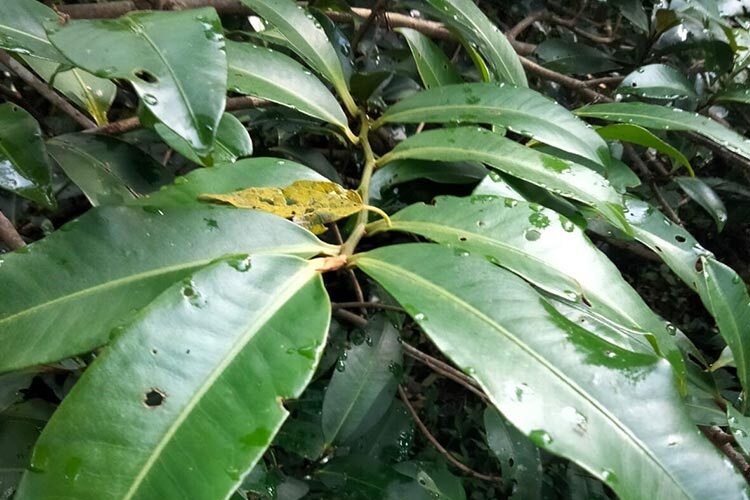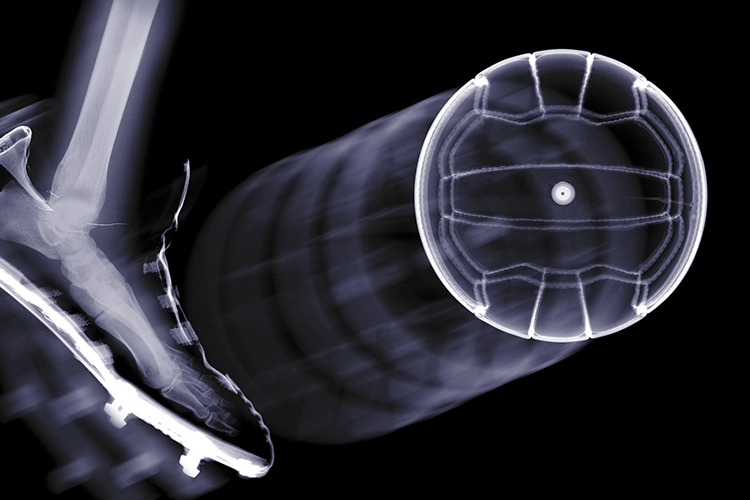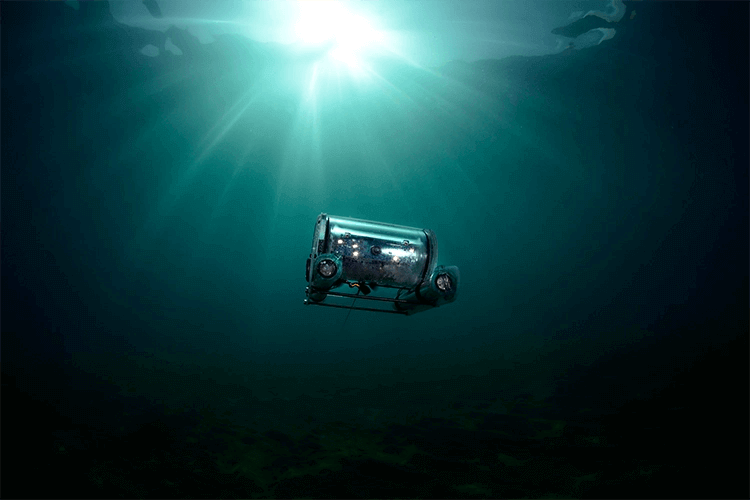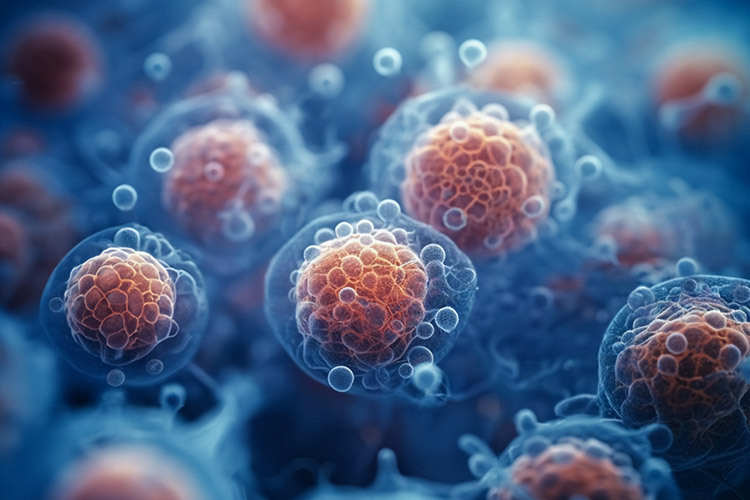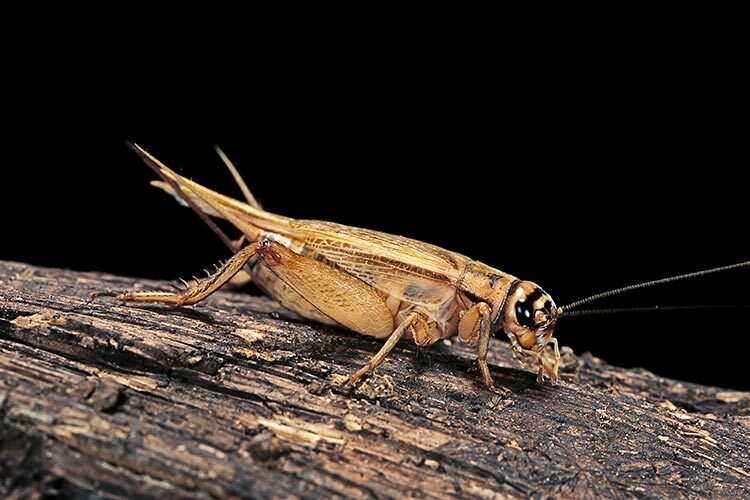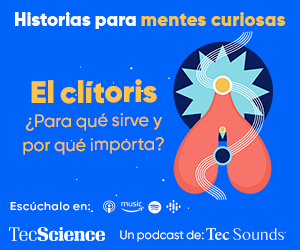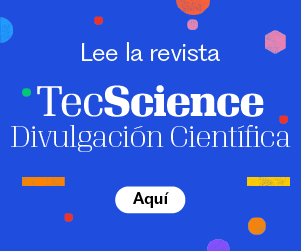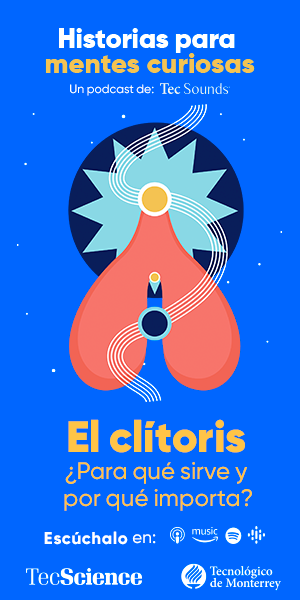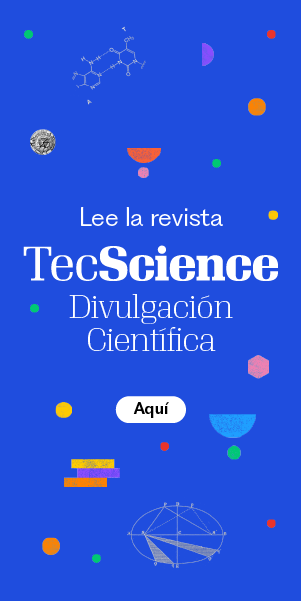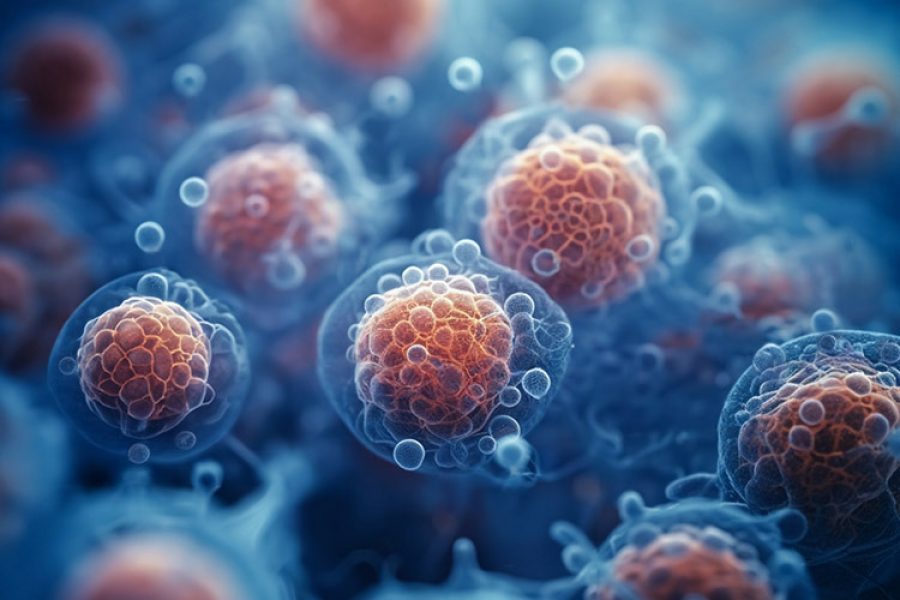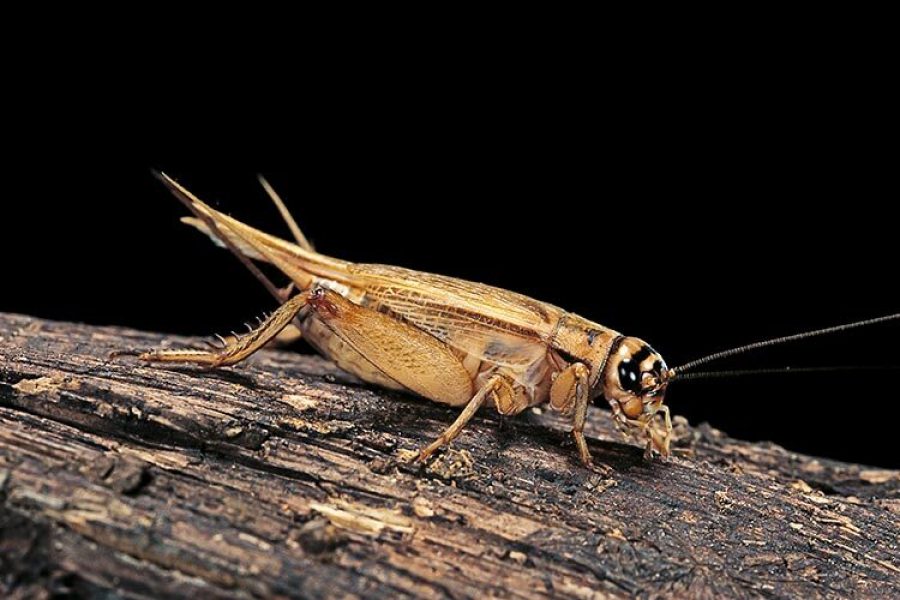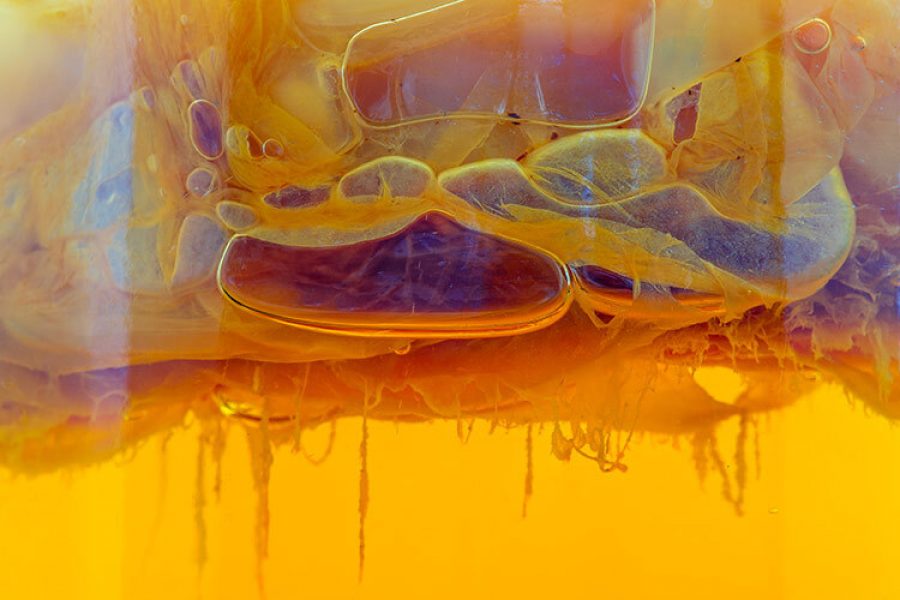By Rasikh Tariq, Josseline Garrido Gonzalez, Alma Yolanda Vázquez Sánchez, Mohamed Abatal
Have you ever heard of acáchul? Do you know what it is? In Sierra Norte de Puebla, Ardisia compressa K. is known as acáchul. This plant belongs to the Myrsinaceae family and is also found in tropical and subtropical regions of our country. Traditionally, the fruit of this plant is used to prepare artisanal foods such as liqueurs, atoles, jams, and ice pops.
What makes acáchul so interesting? Some research has shown that its fruit contains certain phytochemical compounds such as anthocyanins, polyphenols, flavonoids, diterpenes, gallotannins, and chlorogenic acids, while the leaves of this plant contain catechin, epicatechin gallate, gallic acid, kaempferol, and ardisin.
The aforementioned components indicate that this biomass could be considered a potential biosorbent (Reddy et al. 2010) for removing toxic metals from water due to its properties and availability throughout Mexican territory.
Biosorbents (biomass adsorbents) are generally solids that are capable of retaining a component present in gaseous or liquid flows on their surface. In the case of materials of natural origin, they can be obtained from different types of agricultural waste such as fruit or vegetable peel, fruit pits, or dry leaves from trees (Cimá-Mukul, et al. 2019).
Acachul and the Adsorption of Heavy Metals
Water pollution from heavy metals is a significant environmental problem that can have severe implications for human health and the ecosystem. In fact, heavy metals such as lead (Pb), mercury (Hg), cadmium (Cd), and nickel (Ni) are toxic in low concentrations and can enter the water supply through different sources, chiefly from mining and oil industry waste, as well as from pigment, battery, and pesticide manufacturers.
Over the past few years, heavy metals have been monitored in the sediments, soils, and water systems of several regions of the world in order to study the risks they present to living things and human health.
Data provided as the result of this research is disturbing, as the concentrations of certain toxic metals exceed the permissible limits set by several international organizations, including the United States National Environmental Policy Act, the Environmental Protection Agency (US-EPA), and the World Health Organization (WHO).
The presence of these pollutants in the soil and water can imply a risk to the health of living things, as they are associated with cancer, respiratory irritation, bronchial spasms, and coughing. Research has therefore been conducted at several laboratories worldwide on developing different industrial and urban wastewater treatment techniques.
The methods being explored for treatment prior to discharge into the water system include using acáchul for the adsorption process.
Adsorption —a physical phenomenon by means of which a compound in a gaseous or liquid state comes into contact with a solid adsorbent and adheres to its surface— has become the most-studied technique for removing organic and inorganic pollutants due to its simplicity, high efficiency, and low cost. (Begum et all, 2015)
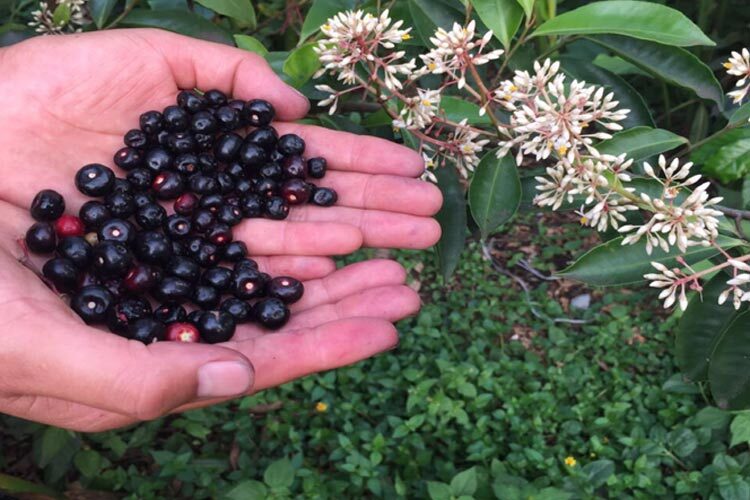
The phenomenon of adsorption acts like a magnet to attract and trap toxic metals in the water through the use of special materials. These materials, known as biosorbents, can be improved by treating them with substances such as sodium hydroxide, which makes them even more effective at capturing these hazardous metals. The treatment gives the biosorbents more available “hooks” to trap and retain metals, thus cleaning the water more effectively. This simple yet powerful process is essential for purifying water, making it safer for everyone.
Specifically, numerous adsorbents have been developed to remove lead, such as natural and modified zeolites, kaolinite clay, carbon-based materials, agricultural waste, and polymeric materials.
However, in some cases, the cost and availability of adsorbents are crucial to determining the efficiency of the adsorption technique.
This is why agricultural and industrial waste materials have been employed for the adsorption of toxic metals, due to their low cost, availability, and possible regeneration over the course of several adsorption/desorption cycles (Salehi et al., 2010). Such is the case for neem leaves (Kay et al. 2023) and laurel leaves (Gümüs et al. 2019), as well as tamarind seeds and colza straw. Several reference laboratories have treated biosorbents with chemicals such as sodium hydroxide, significantly increasing their capacity to remove toxic metals.
Acáchul with Artificial Intelligence
Extensive experiments on the use of acáchul leaves as a biosorbent for removing toxic metals from the water have been carried out at different laboratories by using several kinds of equipment for characterization and sample analysis.
However, after this first phase, it is important to employ robust and complex artificial intelligence techniques to examine and improve the experimental procedures in order to identify the necessary characteristics for achieving maximum removal of pollutants.
At Tecnológico de Monterrey, we are responsible for carrying out these tasks, as we have the necessary tools and experience, making use of advanced information technology systems such as Python and applying techniques from data science, artificial intelligence, and computational optimization to perfect the process, thus being able to reduce the costs of experimentation.
As the acáchul plant had not previously been used as a biosorbent, a study was carried out by Vázquez-Sánchez et al. (2023) to determine the biosorption capacity of its natural leaves and those treated with sodium hydroxide (NaOH) for removing lead dissolved in water.
This demonstrated that the leaves of Ardisia compressa K., particularly those treated with an NaOH solution, show a greater capacity to remove Pb(II) lead from aqueous solutions, in comparison with the natural (untreated) leaves of Ardisia compressa K. It was discovered that the removal of heavy metal depends on several factors, including the pH of the solution, contact time, dose of biosorbent, and water temperature.
The optimal experimental conditions for achieving maximum removal of Pb(II) by both biosorbents were a pH of 6 and ambient temperature. Therefore, the results indicate that the leaves of Ardisia compressa K. could serve as a promising and cost-effective solution for an efficient and effective biosorbent to remove Pb(II) ions from aqueous solutions, as they are easily found and available in many regions of the country, which makes them an abundant and low cost resource, as well as being biodegradable and not generating harmful waste when used as biosorbents.
This study also highlights the potential of artificial neural networks and genetic algorithms for optimizing biosorption processes, thus contributing to the development of sustainable and environmentally friendly methods for removing heavy metals from sources of water.
The social knowledge derived from this research underscores the potential impact of innovative engineering approaches to address environmental challenges, which demonstrates the importance of interdisciplinary collaboration between engineering and environmental sciences to develop sustainable solutions to water pollution.
References
1. Reddy, D.H.K.; Seshaiah, K.; Reddy, A.; Rao, M.M.; Wang, M.C. Biosorption of Pb2+ from aqueous solutions by Moringa oleifera bark: Equilibrium and kinetic studies. J. Hazard. Mater. 2010, 174, 831–838.
2. Cimá-Mukul, C.A.; Abdellaoui, Y.; Abatal, M.; Vargas, J.; Santiago, A.A.; Barrón-Zambrano, J.A. Eco Efficient Biosorbent Based on Leucaena leucocephala Residues for the Simultaneous Removal of Pb (II) and Cd (II) Ions from Water System: Sorption and Mechanism. Bioinorg. Chem. Appl. 2019, 2019, 2814047.
3. Salehi, P.; Asghari, B.; Mohammadi, F. Biosorption of Ni(II), Cu(II) and Pb(II) by Punica geranatum from Aqueous Solutions. J. Water Resour. Prot. 2010, 2, 701–705.
4. Begum, S.A.S.; Tharakeswar, Y.; Kalyan, Y.; Naidu, G.R. Biosorption of Cd (II), Cr (VI) & Pb(II) from Aqueous Solution Using Mirabilis jalapa as Adsorbent. J. Encapsulation Adsorpt. Sci. 2015, 5, 93–104.
5. Gümüs ̧, D. Biosorptive application of defatted Laurus nobilis leaves as a waste material for treatment of water contaminated with heavy metal. Int. J. Phytoremediation 2019, 21, 556–563.
6. Vázquez-Sánchez, A.Y.; Lima, E.C.; Abatal, M.; Tariq, R.; Santiago, A.A.; Alfonso, I.; Aguilar, C.; Vazquez-Olmos, A.R. Biosorption of Pb(II) Using Natural and Treated Ardisia compressa K. Leaves: Simulation Framework Extended through the Application of Artificial Neural Network and Genetic Algorithm. Molecules 2023, 28, 6387.
7. Jasmine Jecintha Kay, S., Chidhambaram, N., Thirumurugan, A., & Gobalakrishnan, S. (2023). Environmentally benign Azadirachta indica-mediated green approach for the zinc zirconate nanocomposite synthesis: An alternative to the toxic chemical approach. Inorganic Chemistry Communications, 158(Part 1), Article 111550.
8. Tariq, R., Abatal, M., & Bassam, A. (2022). Computational intelligence for empirical modeling and optimization of methylene blue adsorption phenomena using available local zeolites and clay of Morocco. Journal of Cleaner Production, 370, Article 133517. https://doi.org/10.1016/j.jclepro.2022.133517
Authors
Rasikh Tariq, Ph.D., holds a bachelor’s degree in Mechatronics Engineering and a doctorate in Engineering with a specialization in Renewable Energies from the Autonomous University of Yucatán. His area of specialization is centered around AI, machine learning, digital twins, and optimization for understanding cyber-physical systems. Dr. Tariq is currently a research professor in the Educational Technology research group at the Tecnológico de Monterrey Institute for the Future of Education. He has written 30+ papers in journals, holds 2 patents, and has given 40+ presentations. His h-index is 16 and he is a reviewer for 20+ journals.
Josseline Garrido Gonzalez, B.Eng., holds a bachelor’s degree in Biotechnology Engineering from the Technological University of Xicotepec de Juárez. She is currently studying for a master’s degree in Materials and Energy Engineering (MIME) at the Faculty of Engineering at the Autonomous University of Carmen (UNACAR).
Alma Yolanda Vázquez Sánchez, Ph.D., holds a bachelor’s degree in Pharmaceutical Sciences from the University of the Americas Puebla, as well as a master of science degree and a doctorate with a specialization in Pharmacology from the Center for Research and Advanced Studies (CINVESTAV) at the National Polytechnic Institute. She is currently a full-time research professor in the Agro-Industrial Food Area of the Technological University of Xicotepec de Juárez. Dr. Vázquez Sánchez is a Level I member of the National Research System.
Mohamed Abatal, Ph.D., holds a doctorate in Materials Science and Engineering from the National Autonomous University of Mexico. He has more than 14 years of experience in teaching and research at the Autonomous University of Carmen. Dr. Abatal is a Level II member of the National Research System. He has specialized in the synthesis and characterization of ceramic materials for technological applications, as well as the use of natural and synthetic materials for removing pollutants dissolved in water.
